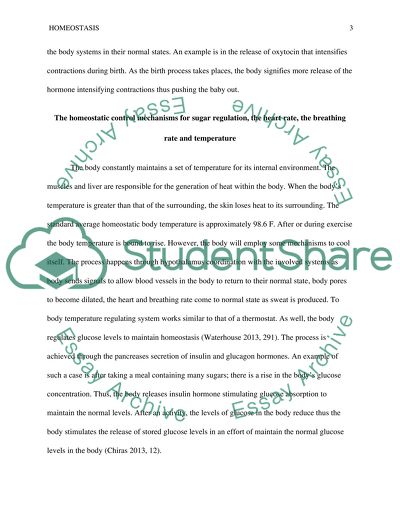Cite this document
(“Homeostasis Assignment Example | Topics and Well Written Essays - 2000 words”, n.d.)
Retrieved from https://studentshare.org/health-sciences-medicine/1698050-homeostasis
Retrieved from https://studentshare.org/health-sciences-medicine/1698050-homeostasis
(Homeostasis Assignment Example | Topics and Well Written Essays - 2000 Words)
https://studentshare.org/health-sciences-medicine/1698050-homeostasis.
https://studentshare.org/health-sciences-medicine/1698050-homeostasis.
“Homeostasis Assignment Example | Topics and Well Written Essays - 2000 Words”, n.d. https://studentshare.org/health-sciences-medicine/1698050-homeostasis.


